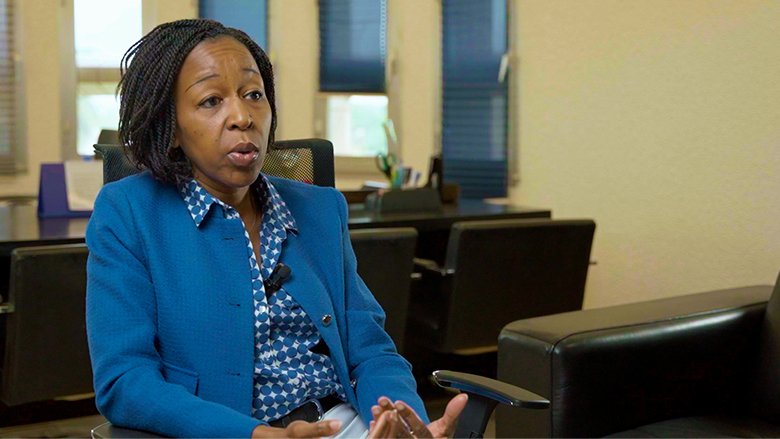How did CRRH-UEMOA come about? What is its purpose and how does it work?
CRRH-UEMOA is an initiative of the West African Development Bank (BOAD), the WAEMU Commission, the Central Bank of West African States (BCEAO), and the West African Monetary Union Financial Markets Authority (AMF-UMOA) to come up with a solution that would enable banks in the subregion to meet the urgent need for decent housing for middle- and low-income families.
Once it became clear that the major obstacle to offering home loans is the difficulty banks face in accessing long-term resources, the purpose of CRRH-UEMOA since it was created in 2010 and began operations in 2012 has been to serve as a clearing house for decentralized banks and financial systems within the WAEMU space. The way it works is simple: it raises long-term resources on financial markets or from development partners to refinance home loans, thus enabling banks operating in the community space to access the resources they need to develop long-term housing loans at affordable rates for their customers. With the support of the World Bank, we scaled up our operations and expanded our reach to micro finance institutions, so that low-income households and households with irregular income flows could also get the mortgages they need to build their homes.
What are the challenges to accessing housing loans in the subregion?
There are several hurdles when it comes to housing, most of them related to the institutional and regulatory framework. The first hurdle is weak infrastructure, which means there are few serviced lots to be had. Plus, access to property titles is often a long, difficult, and costly process.
The highest hurdle for banks is accessing the long-term resources they need to enable them to grant mortgage loans, including long-term loans to their customers. CRRH-UEMOA offers them a chance to access long-term resources and build their portfolio.
And then there are the families, especially middle-, low-, or irregular-income households, whose main hurdle is financial inclusion, and by that, I mean having access to the financial sector.
What has CRRH-UEMOA’s journey been like since its inception and what are the big challenges to growing the market for mortgage loans?
When CRRH-UEMOA began operations in 2012, we went to the capital markets of the Regional Securities Exchange (BRVM) for our initial 10-year bond issue. Over time, we were able to offer longer maturities on our bond issues, of 12, then 15 years. Our latest issue was in January 2023. At the same time, we embarked on a venture with funding agencies, including the World Bank, to access concessional loans at attractive rates. This allows us to offer banks and micro finance institutions long-term financing at competitive rates they can pass on to their customers.
Our main challenge is finding banks with mortgage-loan portfolios comprised of actual mortgage loans and not consumer loans used to purchase homes—reason being they need to have customers who can provide them with property titles they can use as collateral.

